.webp)
How a Global Biopharma Centralized Its Commercial Data for Smarter Decision Making
.webp)
The Challenge
A global biopharma saw the need to make their commercial data more connected. Each region had their own way of storing, cleaning and using data, and the leadership team wanted to make this more aligned. The goal was to build a single setup where everyone — from regional analysts to global heads — could look at the same data and get the same answers.
- Different Regional Setups
Each market had its own systems, rules and dashboards. While it worked locally, it was hard to bring them all together in a single view. The company wanted one way to measure and see performance across EU, JAPAC and ICON.
- Manual Work and Updates
A lot of data from SAP, Salesforce, Veeva and local files were being handled manually. The team wanted to move to a more automated way of loading and cleaning this data so that it could be used faster and more reliably.
- Different KPIs and Reports
The reporting formats and KPIs were different for each region. The idea was to bring these into one framework so that reports could be easily compared and understood by everyone.
- Need for Better Field Insights
Sales operations and field planning teams wanted a simpler way to track HCP coverage and performance by territory. Having all the data in one place would help them plan and size the field force better.
- Scaling with Growth
As new countries and therapeutic divisions were coming in, there was a need for a data model that could expand easily while keeping quality and structure consistent.
Our Solution
Agilisium worked with the biopharma team to create a single data and analytics platform that could connect all the pieces together. The idea was to keep it simple — automate what was being done manually, clean up data before it reaches the dashboards, and give users a single version of truth to work with.
Common Data Model
All sales, wholesaler, ITM and MDM data were brought into a single model called GDnA. This became the main data layer for the commercial and field teams.
Automated Pipelines
The data pipelines were built using AWS, Databricks, Airflow and Alteryx. These pipelines brought data from multiple sources and refreshed them automatically, saving time and removing the need for manual checks.
Dashboards for Business Users
Tableau dashboards and the ELMAC 360 portal gave both regional and global users a clear view of performance. The dashboards were made so that users could see live metrics across territories without waiting for manual updates.
DevOps for Smooth Running
ServiceNow and Jira were used to track system health, changes and fixes. This helped maintain the system and made it easier to add new countries without breaking existing workflows.
Strong Data Governance
Customer and product master data were managed centrally so that all regions used the same definitions and data rules. This ensured accuracy and reliability of every report.


The Outcomes
One Platform for Everyone
The unified setup became the main place where all teams could look at commercial performance together. It helped remove confusion between reports and brought a more transparent way to view business data.
Easy to Expand
The structure was made flexible so new countries and therapeutic areas could be added easily. The system continued to work the same way no matter how much data was added.
Teams on the Same Page
Business and IT teams now use the same dashboards and reports. It made conversations simpler, actions faster, and reduced back and forth on data mismatches.
Reliable and Stable
With automated pipelines and monitoring in place, data refreshes on time and dashboards stay consistent. The dependency on manual support dropped, making operations smoother day to day.



.jpg)
.jpg)
.webp)
